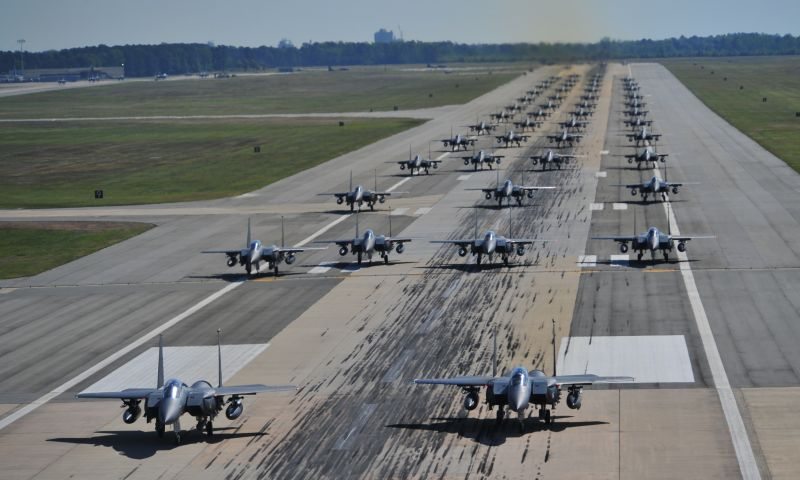As 2011 unfolded, the US defence industry became increasingly disturbed at the scope of spending cuts that could have a significant impact on the sector. As much as US$1.1trn could be squeezed out of US defence spending over the next 10 years, although as of September 2011 many uncertainties remained. Congress’ passing of the Budget Control Act 2011 provided some idea of what could be expected in terms of procurement trends over the decade.
The Obama administration has been obliged to push the Department of Defense (DoD) to cut US$450bn in defence expenditure over a 10-year period but an additional US$500bn in cuts may be required. The latter cut, much feared by defence firms, is to occur in the event that a bipartisan ‘super committee’ fails to identify as much as US$1.5trn in overall government spending. This super committee failed to meet its November 23 2011 deadline, thus making the defence spending cuts inevitable. Hence, FY2013 will also be a key year for US defence companies as the likely start for spending cuts.
Alternative views see the reductions as cyclical over the long-term and only significantly impacting the country’s dominant prime contractors – Lockheed Martin, Northrop Grumman and Raytheon – which rely on the government for the vast majority of their projects and sales. In a sector as large as US defence, it is questionable whether the cuts would operationally hamper companies outside of the leading 10, where international markets and commercial variants of military-grade equipment are often more strongly pursued.
Part of the budgetary pressure will be met with cuts in defence expenditure in Afghanistan, where the DoD has been tasked with maintaining a military and law enforcement force while sharply reducing costs. As of late 2011, the DoD was expected to cut Afghan security spending to under US$6bn by 2014, down from US$13bn. However, the cuts will certainly also impact procurement, with the Army and Marine Corps’ US$54bn Joint Light Tactical Vehicles (JLTV) programme finally terminated in September 2011 and with fears growing over the commitment to the major F-35 Joint Strike Fighter programme. However, a likely scenario as a result of the multi-year spending cuts is a shift in procurement towards unmanned systems. US-based unmanned aerial vehicle (UAV) manufacturers – including General Atomics, Boeing or AeroVironment to name a few – are producing units that offer greater propulsion, endurance and larger payload capacities that increasingly include munitions.











